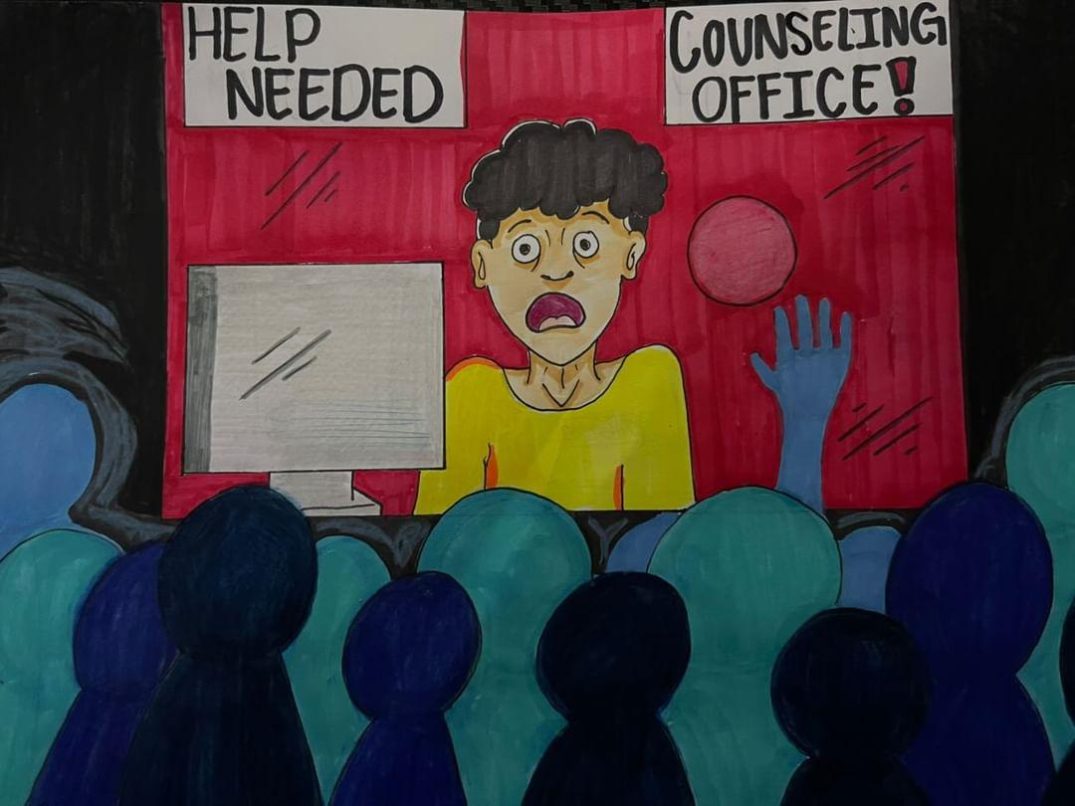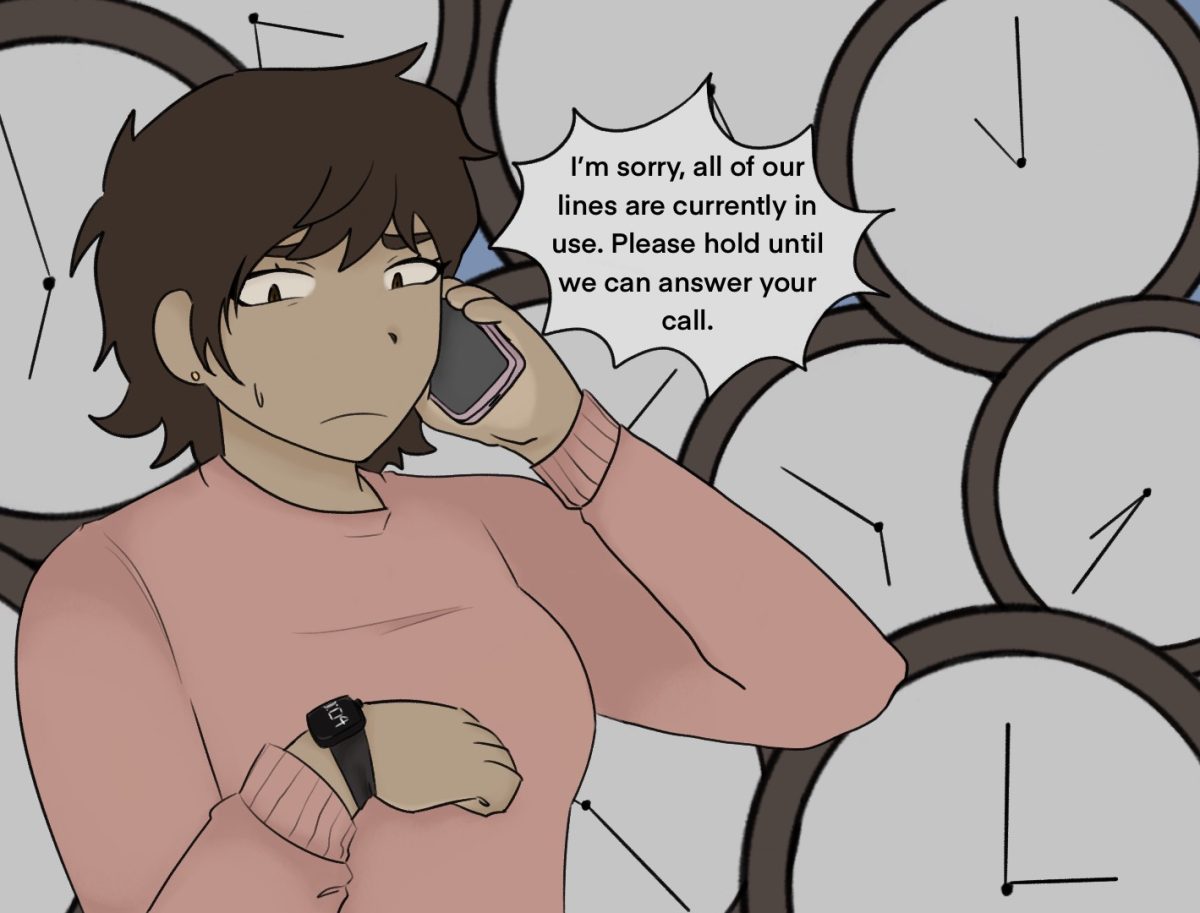As the economy appears to crumble, workers who have lost their jobs may think of continuing their education in hopes of obtaining more or new skills leading toward a different lifestyle.
In a research article by ncsl.org (National Conference of State Legislatures) “The national unemployment rate dropped slightly in March 2012, to 8.2 percent… The number of long-term unemployed remained steady, at approximately 5.3 million workers.”
Out of the approximate 5.3 million workers, only a handful may attempt in admitting themselves into schools to make lost time productive.
The U.S. Census Bureau has projected that over the next decade approximately 20.7 million students will be enrolled in both private and public colleges. That number may increase by 1 million the following year.
In other words, the rate at which students are being admitted into institutions such as community colleges and universities may partially be due to the unemployment rate.
However, one idea that may cross through an individual’s mind is how he or she will get enough money to continue with education.
While the unemployed may have little money in their pockets, a solution to their tight budgets may be due to the use of loans and grants.
A CNBC article stated, “Beefed-up revenue and enrollment coincides with relaxed rules on for-profit institutions receiving federal aid, as well as the expansion of the Pell Grant program pushed by President Obama.”
While the unemployed may be supported for educational purposes through federal aid, how much will students receive in federal aid due to admission rates?
As of July 2009, the maximum Federal Pell Grant increased to $5,350, stated an article by educationgrant.com. Nearly 3 years later, that number has increased by $200.
While the number of enrolled students and unemployed workers increases, the timing in which money for students will be less readily available is unpredictable.
Aside from unemployed workers, the whole nation seems to be under budget and in the future may not be so willing to lend or further invest in the future of education.
Could this be a once-in-a-lifetime opportunity for the unemployed to continue their education while using federal aid?
Perhaps the unemployed are taking this opportunity to enroll themselves in an institution before the money disappears.






